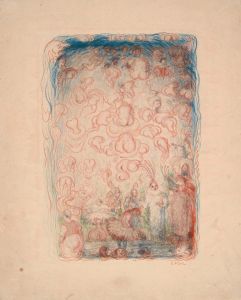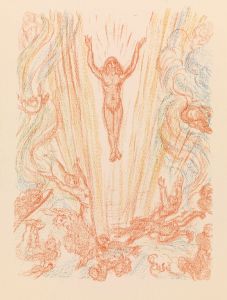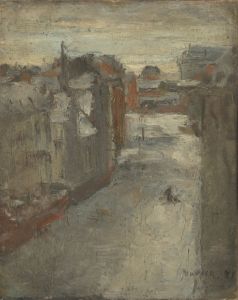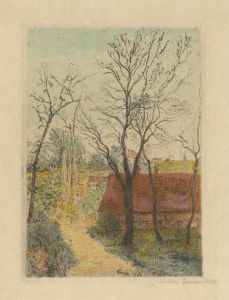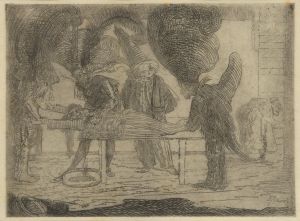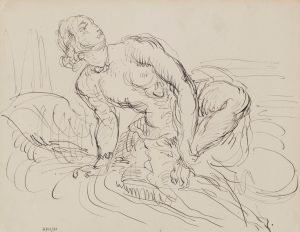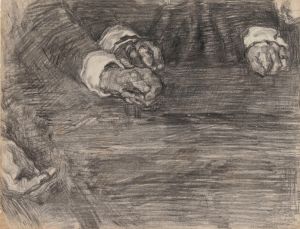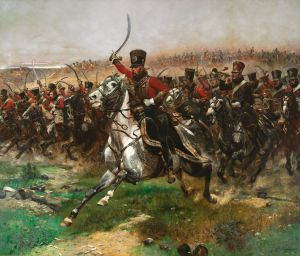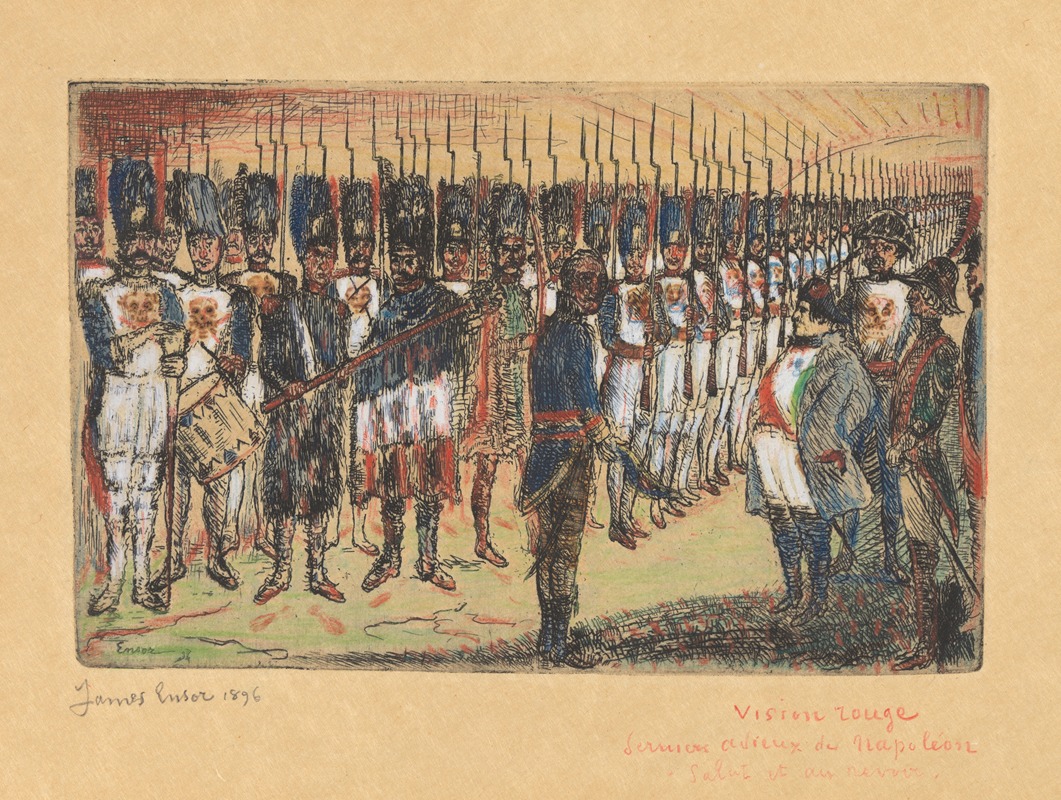
Het afscheid van Napoleon
A hand-painted replica of James Ensor’s masterpiece Het afscheid van Napoleon, meticulously crafted by professional artists to capture the true essence of the original. Each piece is created with museum-quality canvas and rare mineral pigments, carefully painted by experienced artists with delicate brushstrokes and rich, layered colors to perfectly recreate the texture of the original artwork. Unlike machine-printed reproductions, this hand-painted version brings the painting to life, infused with the artist’s emotions and skill in every stroke. Whether for personal collection or home decoration, it instantly elevates the artistic atmosphere of any space.
James Ensor's painting "Het afscheid van Napoleon" (translated as "The Farewell of Napoleon") is an intriguing work by the Belgian artist, known for his unique style that blends elements of Impressionism, Symbolism, and Expressionism. Ensor, who lived from 1860 to 1949, was a prominent figure in the Belgian avant-garde movement and is celebrated for his innovative use of color and his often satirical and fantastical subject matter.
"Het afscheid van Napoleon" is one of Ensor's lesser-known works, and detailed information about this specific painting is limited. However, Ensor's broader body of work often reflects his fascination with historical figures, societal critique, and the exploration of human emotions and absurdities. His paintings frequently feature masks, skeletons, and theatrical scenes, which serve as metaphors for the human condition and societal norms.
Ensor's interest in Napoleon Bonaparte, a historical figure who has been depicted by many artists over the years, likely stems from Napoleon's complex legacy as a military leader and emperor, as well as his impact on European history. The title "The Farewell of Napoleon" suggests a moment of departure or conclusion, which could be interpreted in various ways depending on the context Ensor chose to depict.
In Ensor's time, the figure of Napoleon could symbolize themes of power, ambition, downfall, and the passage of time—all of which align with Ensor's thematic interests. While the specifics of the painting's composition, style, and symbolism are not extensively documented, it can be inferred that Ensor might have employed his characteristic vibrant colors and expressive brushwork to convey the emotional weight of the scene.
Ensor's works often challenge viewers to look beyond the surface and consider deeper meanings, and "Het afscheid van Napoleon" is likely no exception. The painting may invite interpretations related to the transient nature of power and the inevitable decline that follows, a common motif in art and literature.
James Ensor's contribution to art extends beyond individual paintings; he played a crucial role in the development of modern art in Belgium and influenced subsequent generations of artists. His works are housed in major museums worldwide, including the Royal Museum of Fine Arts in Antwerp and the Getty Museum in Los Angeles, where they continue to be studied and appreciated for their originality and depth.
In summary, while specific details about "Het afscheid van Napoleon" are scarce, the painting fits within James Ensor's broader oeuvre, characterized by its exploration of historical themes, emotional depth, and innovative artistic techniques. Ensor remains a significant figure in art history, celebrated for his ability to blend reality with imagination and to provoke thought through his distinctive visual language.







